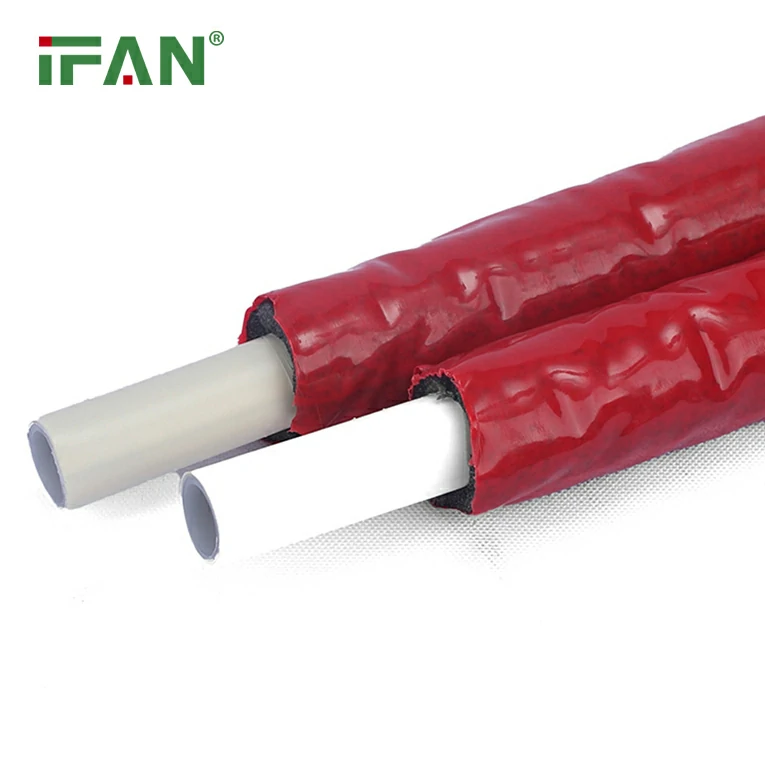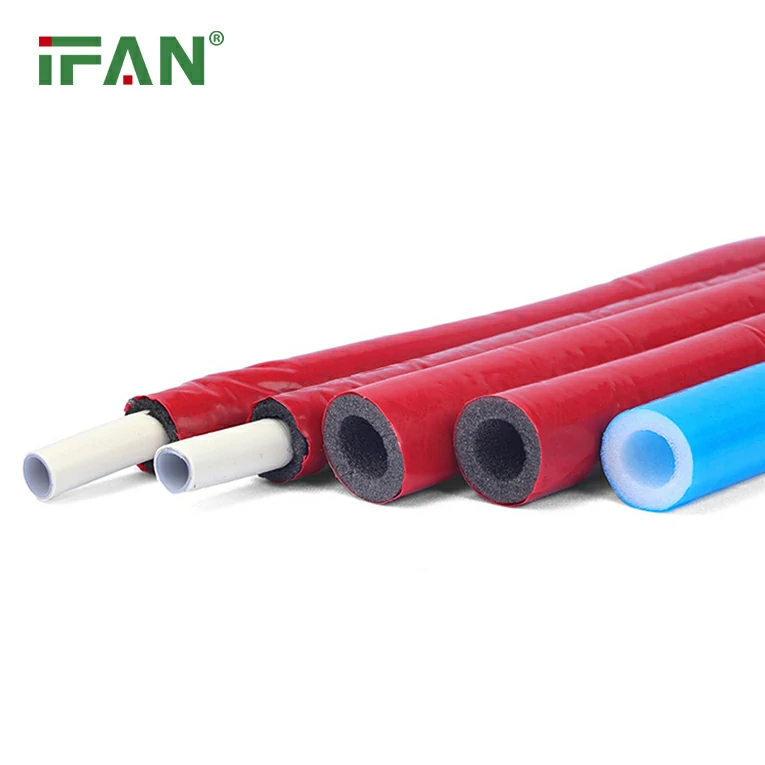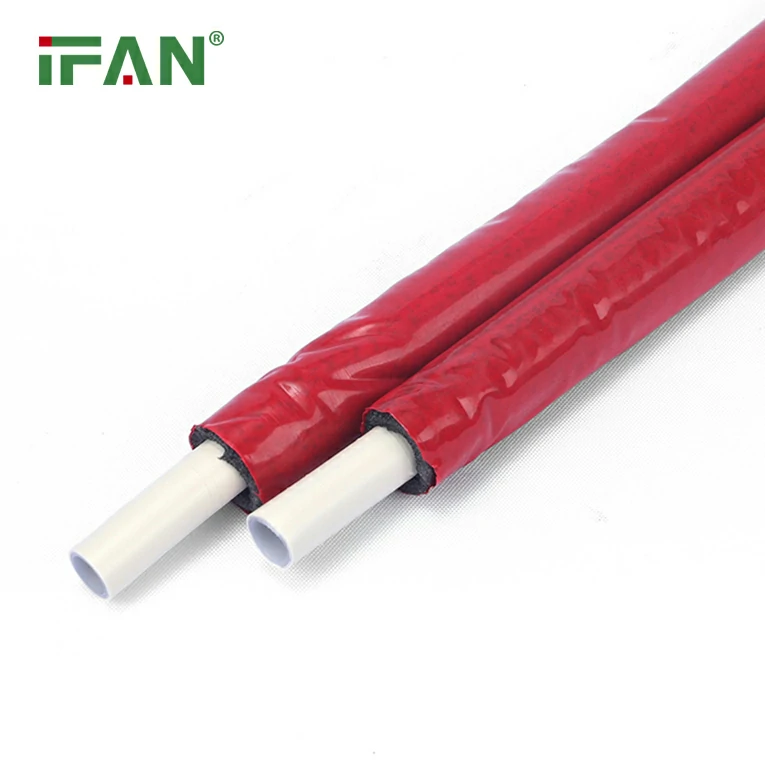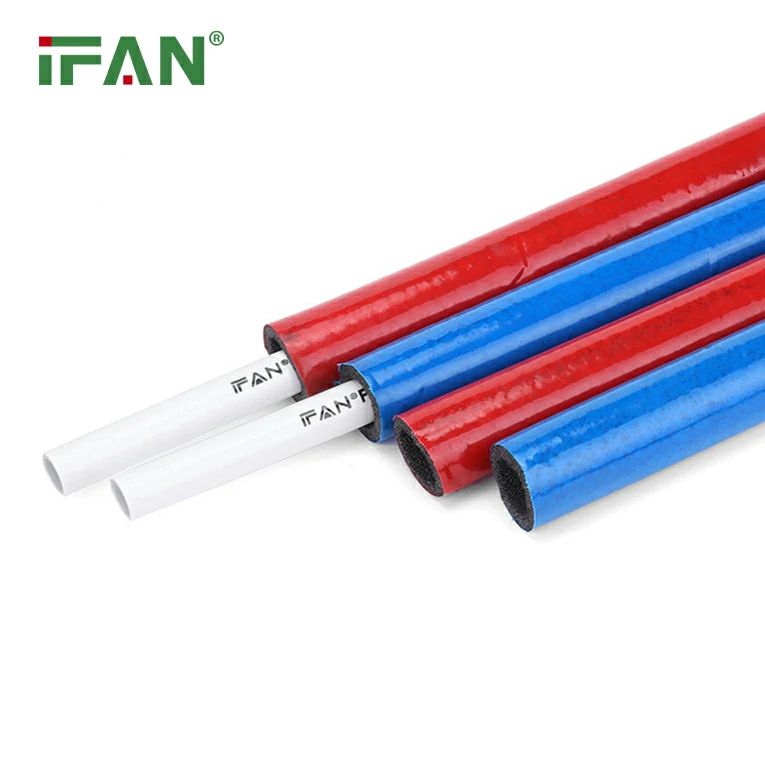As winter approaches and temperatures drop, homeowners must take proactive steps to ensure the integrity of their plumbing systems—especially when utilizing PEX (cross-linked polyethylene) piping. Known for its flexibility, resistance to corrosion, and ease of installation, PEX has become a popular choice for both hot and cold water supply lines. However, despite its advantages, PEX pipes can still be vulnerable to freezing conditions. This article will guide you through the necessary steps to protect your PEX pipes as the temperature declines, helping you to avoid costly repairs and ensure a reliable water supply throughout the cold season.

Understanding PEX Pipe
What is PEX Pipe?
PEX pipe is a flexible plumbing material made from cross-linked polyethylene, a thermoplastic polymer that offers several advantages over traditional plumbing materials like copper and PVC. It is commonly used in residential plumbing systems, including drinking water supply lines, radiant heating systems, and hydronic heating applications.
Advantages of PEX Pipe
- Flexibility: PEX can be bent and maneuvered easily, which reduces the need for fittings and simplifies installations.
- Corrosion Resistance: Unlike metal pipes, PEX does not corrode, leading to longer service life and better water quality.
- Thermal Insulation: The material minimizes heat loss and can maintain water temperature in both hot and cold applications.
- Low Noise Levels: PEX pipes dampen vibrations, resulting in quieter operation compared to traditional piping systems.
Why Focus on Winter Protection?
Despite its many beneficial properties, PEX is not immune to the effects of extreme cold. If temperatures drop below freezing, the water inside PEX pipes can freeze, leading to expansion, cracking, and potential ruptures.
Assessing Vulnerable Areas
Identify At-Risk PEX Pipes
Before winter arrives, it’s essential to assess the layout of your plumbing system. Check the following areas where PEX pipes may be particularly vulnerable to freezing:
- Unheated Areas: Pipes located in unheated basements, attics, or crawl spaces are at higher risk of freezing.
- Exterior Walls: PEX pipes running along exterior walls may be exposed to colder temperatures.
- Outdoor Fixtures: Hoses and spigots can freeze if not properly prepared for winter.
Inspect Your Plumbing System
Conduct a thorough inspection of your plumbing system, identifying any signs of wear, leaks, or exposure that may increase the risk of freezing.
Steps to Protect PEX Pipes from Freezing
1. Insulate Exposed PEX Pipes
Use Insulation Materials:
- Insulate exposed PEX pipes using foam insulation sleeves or pipe insulation wrap. These materials are designed to provide an extra layer of protection against cold air.
Where to Apply Insulation:
- Focus on areas that are least protected, including basements, crawl spaces, and sections of pipes that are visible and unprotected.
2. Maintain a Steady Indoor Temperature
Set Your Thermostat:
- During extremely cold weather, maintain your home’s temperature at a minimum of 55°F (13°C). Even if you plan to leave your home unattended, ensuring a consistent temperature can help prevent freezing.
Open Interior Doors:
- Keep cabinet doors open to allow warm air to circulate around pipes located under sinks, particularly those on exterior walls.
3. Let Faucets Drip
Letting water flow:
- Allow faucets connected to PEX pipes to drip slowly during freezing conditions. This practice keeps water flowing and reduces the pressure that can build up in the pipes, lowering the risk of freezing.
4. Apply Heat Tape or Cables
Electric Heat Tape:
- Heat tape or heat cables can be applied to the surfaces of PEX pipes in unheated areas.
Installation:
- Follow the manufacturer’s instructions carefully, as it is essential to properly install heat tape to ensure that it operates safely and effectively.
5. Seal Gaps and Cracks
Identify Drafts:
- Inspect your home for drafts near windows, doors, and outlets—especially those opening to the exterior.
Seal Gaps:
- Use caulk or spray foam insulation to seal any drafts that could allow cold air to infiltrate areas where PEX pipes are installed.
6. Draining Outdoor Water Lines
Winterization:
- Before winter, drain any outdoor water lines and disconnect hoses. This ensures that no standing water remains in the pipes, which could freeze and expand, causing damage.
Blow Out Sprinkler Systems:
- If you have irrigation systems, consider blowing out the pipes using an air compressor to remove trapped water.
What to Do If PEX Pipes Freeze
Recognizing Frozen Pipes
If you suspect that your PEX pipes have frozen, look for the following signs:
- Frost on Pipes: Visible frost on exposed pipes indicates freezing conditions.
- Reduced Water Flow: A sudden drop in water flow or no water coming from faucets could mean frozen pipes.
- Strange Noises: Banging or gurgling noises from your plumbing may suggest that water is trapped.
Steps to Thaw Frozen Pipes
- Locate the Frozen Section: Identify which part of the piping is frozen. Look for areas that are noticeably colder than others.
- Apply Gentle Heat: Use a hair dryer, heat tape, or space heater to apply gentle heat to the frozen section. Avoid using open flames or any heating method that could damage the pipe.
- Open Faucets: Keep the faucet associated with the frozen pipe open, which allows water to flow out as it thaws.
- Monitor Closely: Keep a close watch on the thawing process. If there are signs of leaks or damage, turn off the water supply and consult a plumber.
Conclusion
Protecting your PEX pipes as temperatures drop is crucial to preventing freezing and potential damage to your plumbing system. By taking proactive measures—such as insulating pipes, letting faucets drip, sealing drafts, and using heat tape—you can maintain the integrity of your plumbing and enjoy uninterrupted water service throughout the winter months.
Understanding how to properly protect PEX pipes ensures that you can take full advantage of this versatile and efficient plumbing material, keeping your home safe and comfortable despite the cold weather.
FAQs
1. What is PEX pipe?
PEX pipe is cross-linked polyethylene pipe used for water supply lines in plumbing and heating applications, known for its flexibility and resistance to corrosion.
2. How can I prevent my PEX pipes from freezing?
To prevent freezing, insulate exposed pipes, maintain a consistent indoor temperature, let faucets drip, seal drafts, and use heat tape when necessary.
3. What should I do if my PEX pipes freeze?
Identify the frozen section, apply gentle heat to thaw, and keep associated faucets open to relieve pressure. If leaks occur during thawing, contact a professional plumber.
4. How deep should PEX pipes be buried outdoors to prevent freezing?
PEX pipes should be buried below the frost line, which varies by region, usually between 18-36 inches deep depending on local climate conditions.
5. Can I use PEX pipes in outdoor applications?
Yes, PEX can be used outdoors, but it should be insulated or otherwise protected from exposure to UV rays to prevent degradation. Always drain outdoor lines before winter to prevent freezing.






